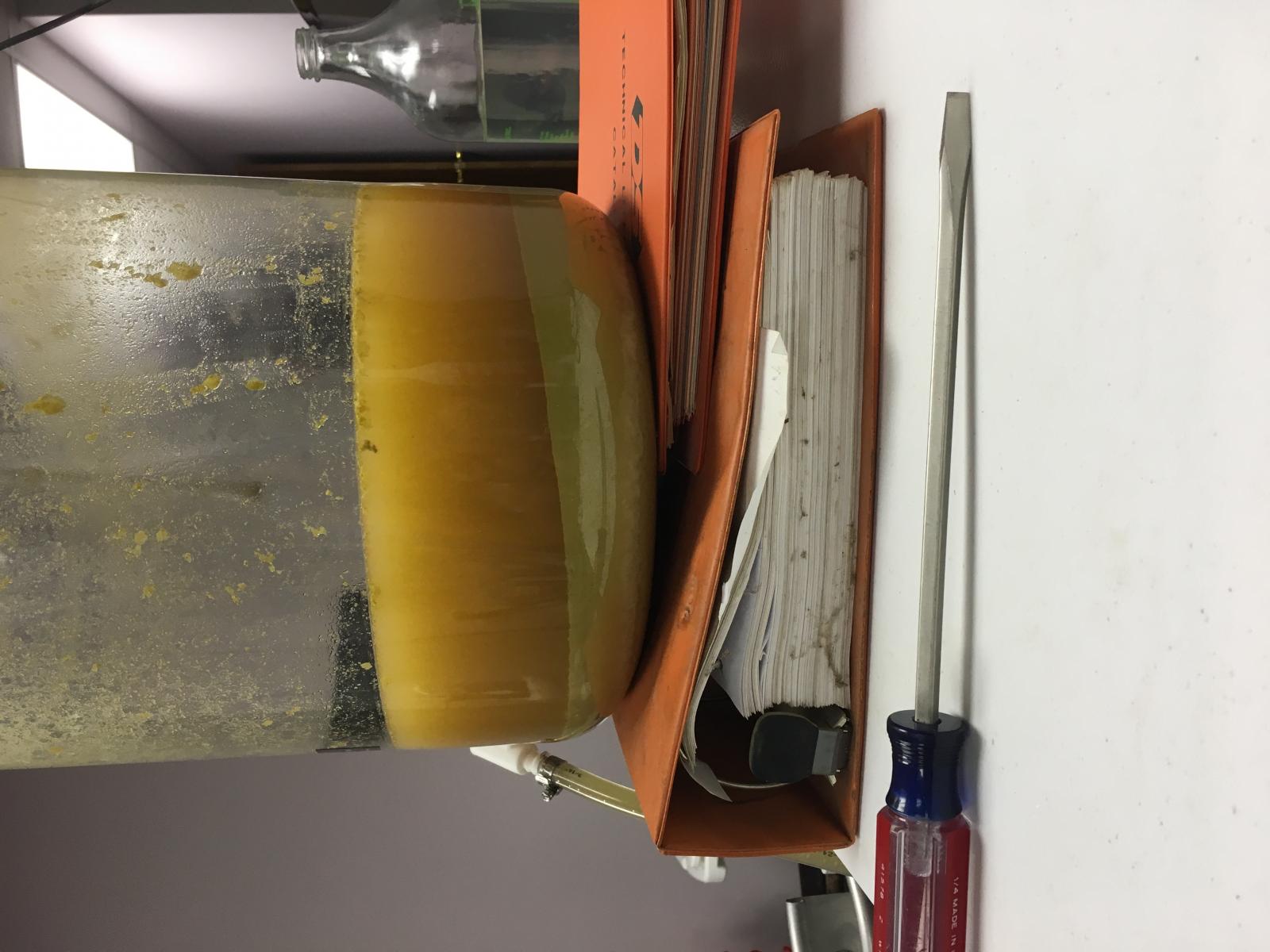dukedevil0
Well-Known Member
Brewing this recipe again this monday, same OP updated version but going with Nelson Sauvin/Galaxy/Simcoe
WY1318 (1st generation)
200Cl:100So4
Gonna push the chloride higher and higher to see where's my limit.
Brewed another version 2 weeks ago with Amarillo/Citra/Mosaic (I was out of galaxy)
YeastBay Vermont Ale 4th generation
180Cl:70So4
Kegging it tomorrow finished at 1.012
Can't stop brewing this perfect NEIPA recipe.
I also just kegged a batch with Amarillo/Citra/Mosaic but kept the 1318. Did you do equal hop amounts 1:1:1 or another ratio? (I did equal)



![Craft A Brew - Safale S-04 Dry Yeast - Fermentis - English Ale Dry Yeast - For English and American Ales and Hard Apple Ciders - Ingredients for Home Brewing - Beer Making Supplies - [1 Pack]](https://m.media-amazon.com/images/I/41fVGNh6JfL._SL500_.jpg)























































